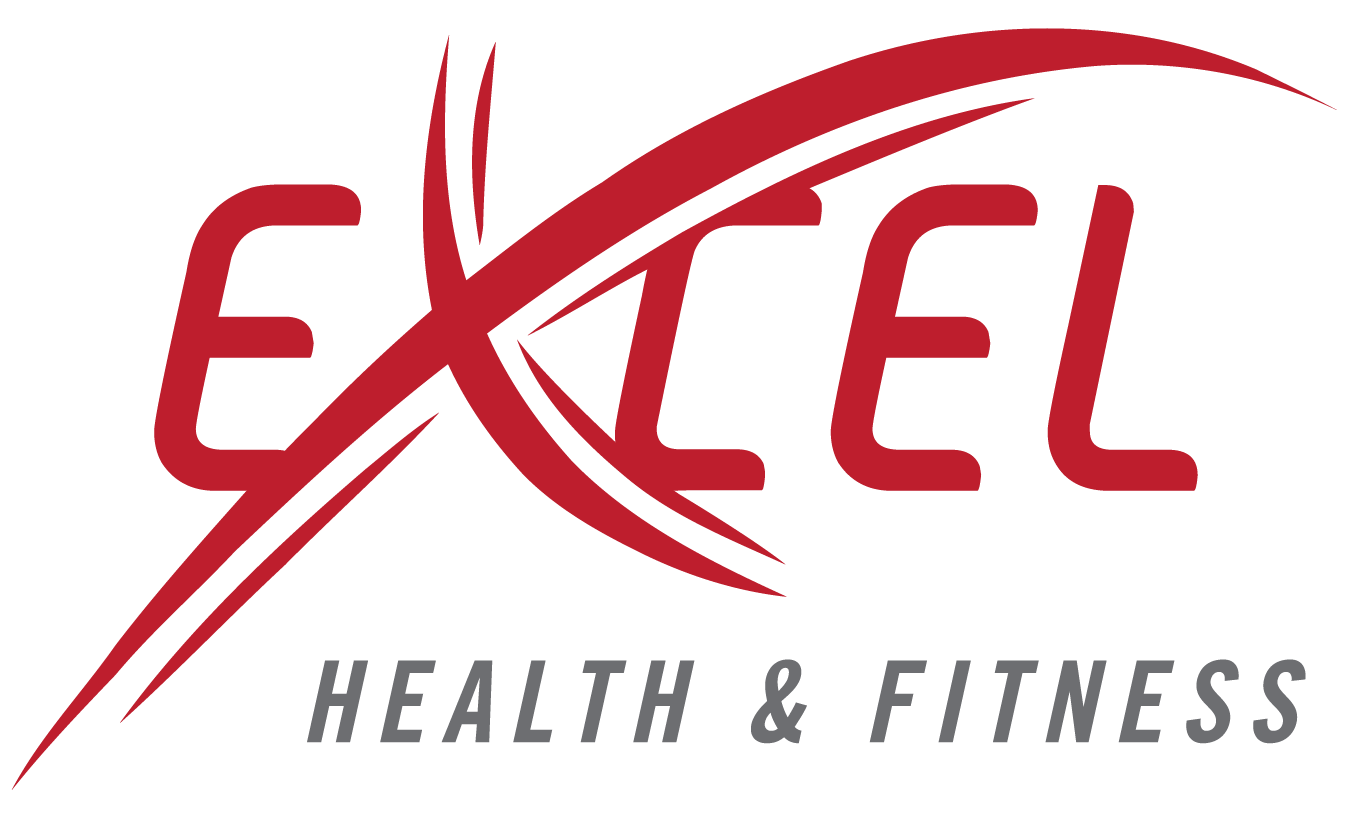You’ve Got a Scale That Tracks Body Fat — So Why Bother With Fit3D?
Home smart scales are everywhere. They’re cheap, easy to use, and claim to measure body fat, muscle mass, and more. So the question comes up:
“If I have a smart scale at home, do I really need to do a Fit3D scan?”
At Excel Health & Fitness in Manteca, we get it, convenience matters. But when you look deeper at what you’re really getting from each, the difference becomes clear.
Let’s break it down.
How Smart Scales Work
Most home smart scales use BIA — bioelectrical impedance analysis. They send a small electrical current through your body (you don’t feel it) and estimate fat and lean mass based on resistance.
Pros:
Convenient
Affordable ($25–$150)
Syncs to your phone or app
Cons:
Easily thrown off by hydration, time of day, food, alcohol, and even your foot placement
Doesn’t track shape, posture, or visible change
Not reliable for small body changes or short-term tracking
How Fit3D Scans Work
Fit3D uses infrared cameras to scan your body from head to toe. You get a 3D model, body fat estimate, and precise measurements from over 400 data points — including posture and balance.
Pros:
Extremely consistent and visual
Shows you how your body is changing, not just your weight
No contact, no current, no weird readings
Gives more than just numbers, it gives context
Cons:
You need to come into the gym
Not something you do every day (and you shouldn’t)
Fit3D vs Smart Scale: Key Differences
Accuracy
Smart Scale: Often inconsistent, especially day-to-day
Fit3D: Designed for consistency and repeatable comparisons
What You Can Track
Smart Scale: Body fat %, weight, maybe hydration
Fit3D: Full-body shape, symmetry, body fat %, posture, measurements, progress visuals
Frequency
Smart Scale: Daily (but can be misleading)
Fit3D: Monthly or every 6 weeks — when real change happens
Motivation
Smart Scale: Often frustrating
Fit3D: Encouraging, detailed, and easy to understand
When to Use Each
If you just want a quick check-in and don’t care about precision, your smart scale is fine.
But if you:
Are serious about tracking fat loss or muscle gain
Need motivation from something more than the number on the scale
Want to compare real changes in your shape and size over time
Then Fit3D is absolutely worth it.
Why Our Members Do Both
A lot of our members still use smart scales — and that’s okay. But they come in every 4 to 6 weeks for a Fit3D scan to get the full picture. That way, they aren’t guessing. They know exactly how their body is changing.
